Espresso, the rich and concentrated coffee brew, is beloved for its bold flavor and quick energy boost. But is it good for your health? On the plus side, espresso is loaded with antioxidants and can improve mental alertness, metabolism, and heart health.
However, it’s easy to overconsume, leading to issues like insomnia, anxiety, and increased heart rate. The key is balance. This article about “Is Espresso Healthy?” explores the benefits and potential downsides of espresso, helping you make informed choices about your coffee habits. Whether you’re a casual drinker or an espresso enthusiast, understanding its health impacts is essential. Let’s dive in!
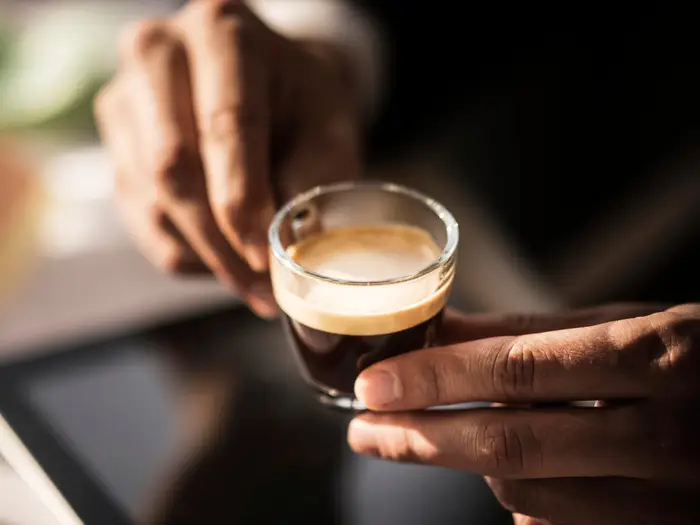
How Many Espresso Shots in a Day?
Espresso has become a beloved staple in the daily routines of coffee enthusiasts worldwide. Its rich flavor and invigorating caffeine kick make it a popular choice for those looking to start their day with a burst of energy. But with this popularity comes the need to understand how much is too much.
How many espresso shots in a day can one safely consume without adverse health effects? In this article, we will explore the benefits and potential risks of espresso consumption, providing a comprehensive guide to help you make informed decisions about your coffee habits.
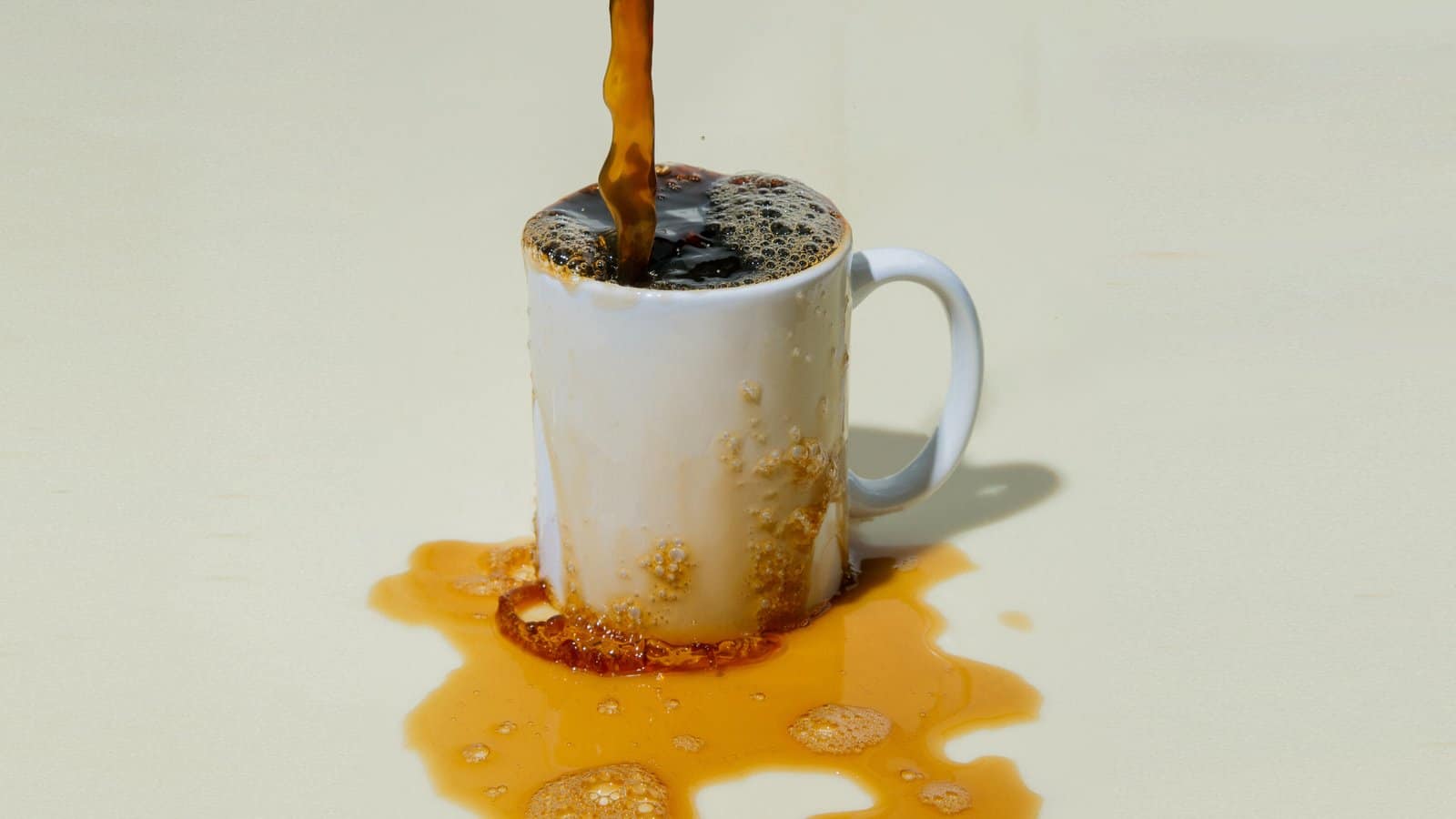
Understanding Espresso
Espresso is a concentrated form of coffee, brewed by forcing hot water through finely-ground coffee beans under high pressure. This method of preparation creates a bold, robust flavor and a thicker consistency compared to regular coffee.
What distinguishes espresso from other coffee types is its brewing process and intensity. While drip coffee is brewed by slowly filtering water through coarser coffee grounds, espresso uses a rapid and pressurized method, resulting in a stronger and more concentrated beverage. This process also produces a layer of crema, a creamy, golden foam on top of the espresso shot, which adds to its rich texture and taste.
Does Espresso Beans Have Caffeine?
Espresso is made from coffee beans, just like any other coffee. The term “espresso beans” typically refers to beans that are roasted and ground specifically for making espresso, and yes, they do contain caffeine. This is what gives espresso its distinctive, powerful kick.
It also serves as the base for many popular coffee drinks, such as lattes, cappuccinos, and macchiatos, making it a versatile and integral part of coffee culture. Understanding what espresso is and how it is made is essential for appreciating its unique qualities and benefits.
Health Benefits of Espresso
When consumed in moderation, espresso can offer several health benefits that contribute to overall well-being. Here are some key advantages:
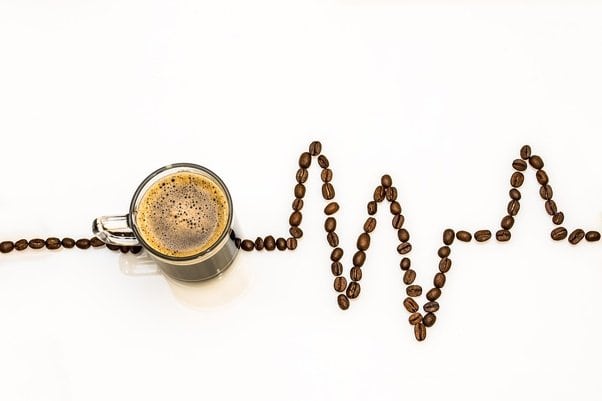
- Rich in Antioxidants: Espresso is packed with antioxidants, which help combat free radicals in the body. These compounds can reduce oxidative stress and inflammation, potentially lowering the risk of chronic diseases such as heart disease and cancer.
- Energy Boost: One of the most well-known benefits of espresso is its ability to provide a quick and effective energy boost. The concentrated caffeine content in espresso stimulates the central nervous system, enhancing alertness and reducing fatigue. This makes it a popular choice for those needing a pick-me-up during the day.
- Improved Cognitive Function: Caffeine, the primary active ingredient in espresso, has been shown to improve various aspects of brain function. These include memory, mood, vigilance, and overall cognitive performance. Regular, moderate consumption of espresso can help keep your mind sharp and focused.
- Enhanced Physical Performance: Caffeine also has ergogenic effects, meaning it can enhance physical performance. It increases adrenaline levels and breaks down body fat, making free fatty acids available as a source of energy. This can improve endurance and strength, making espresso a popular pre-workout beverage.
- Potential Weight Management: The caffeine in espresso can also boost metabolism and promote fat burning. While it’s not a magic weight loss solution, regular, moderate consumption can support a healthy weight management routine when combined with a balanced diet and exercise.
Risks of Overconsumption
While espresso can offer several health benefits when consumed in moderation, overconsumption can lead to various health risks. It’s essential to understand the potential downsides of drinking too many espresso shots to make informed choices.
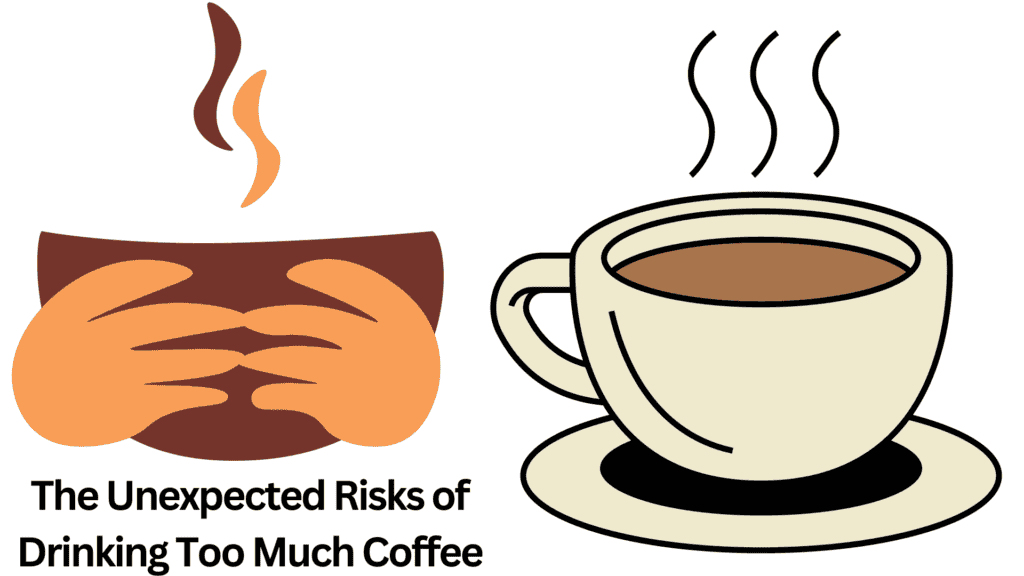
- Caffeine Overload: The most immediate risk of excessive espresso consumption is caffeine overload. Symptoms can include jitteriness, restlessness, rapid heart rate, and even anxiety. In extreme cases, too much caffeine can lead to more severe health issues like heart palpitations and high blood pressure.
- Digestive Issues: Drinking too much espresso can irritate the stomach lining and lead to digestive problems such as acid reflux, heartburn, and gastritis. This is because espresso is highly acidic, which can exacerbate these conditions, especially in individuals with sensitive stomachs.
- Sleep Disturbances: Consuming high amounts of caffeine, particularly later in the day, can interfere with sleep patterns. Insomnia and poor sleep quality are common issues for those who drink too many espresso shots. This can lead to a cycle of fatigue and dependence on caffeine for energy.
- Dependence and Withdrawal: Regular, high consumption of espresso can lead to caffeine dependence. When caffeine intake is reduced or stopped, withdrawal symptoms like headaches, fatigue, and irritability can occur. Managing caffeine intake is crucial to avoid these unpleasant effects.
- Bone Health Concerns: Excessive caffeine intake has been linked to decreased calcium absorption, which can affect bone health over time. This is particularly concerning for individuals at risk of osteoporosis or other bone-related conditions.
Safe Consumption Limits
Understanding the safe consumption limits of espresso is essential to reap its benefits while minimizing potential risks. Various health studies and expert recommendations provide guidelines on how many shots of espresso is normal for daily consumption.
- General Guidelines: Health experts generally agree that moderate caffeine consumption is safe for most adults. According to the U.S. Food and Drug Administration (FDA), up to 400 milligrams of caffeine per day is considered safe. This equates to about 4-5 shots of espresso, depending on the strength and size of the shots.
- Individual Tolerance: It’s important to note that caffeine tolerance can vary significantly between individuals. Factors such as age, weight, metabolism, and sensitivity to caffeine can influence how much espresso is safe to consume. Some people may be able to handle more, while others might experience adverse effects with less.
- Health Conditions: Individuals with certain health conditions, such as heart problems, high blood pressure, or anxiety disorders, should be particularly cautious with their espresso intake. Consulting with a healthcare provider can help determine a safe limit based on personal health status.
- Pregnancy and Caffeine: Pregnant women are advised to limit their caffeine intake due to potential risks to the fetus. The American College of Obstetricians and Gynecologists recommends no more than 200 milligrams of caffeine per day, roughly equivalent to 2 shots of espresso.
- Children and Adolescents: Caffeine is not recommended for young children, and adolescents should limit their intake to avoid potential negative effects on developing bodies and sleep patterns. The American Academy of Pediatrics suggests that teenagers consume no more than 100 milligrams of caffeine per day, or about 1 shot of espresso.
Factors Influencing Caffeine Sensitivity
Caffeine sensitivity varies widely among individuals, and several factors can influence how much espresso one can safely consume. Understanding these factors can help tailor your espresso intake to your personal needs and avoid adverse effects.
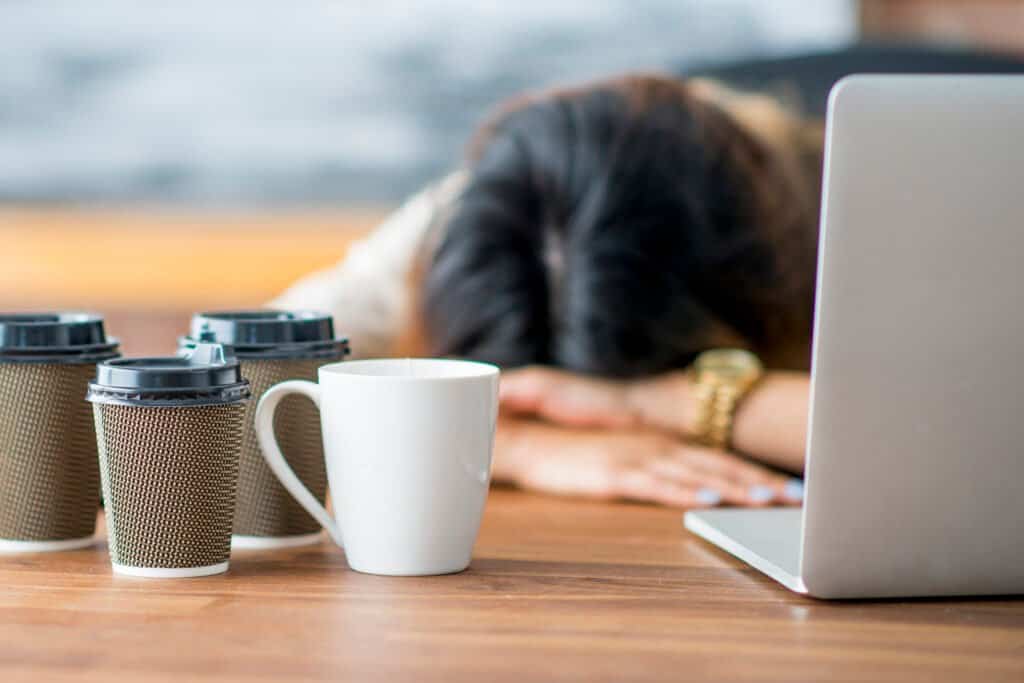
- Weight and Body Size: Generally, people with larger body sizes can tolerate more caffeine than those who are smaller. This is because caffeine disperses throughout the body’s water content, so a larger body can dilute the effects of caffeine more effectively.
- Age: Age can also play a significant role in caffeine sensitivity. Younger individuals, particularly children and teenagers, are more sensitive to caffeine and its effects on the central nervous system. Conversely, older adults may process caffeine more slowly, leading to prolonged effects and potential sleep disturbances.
- Genetics: Genetic factors can influence how quickly your body metabolizes caffeine. Some people have a genetic variation that allows them to break down caffeine more rapidly, making them less sensitive to its effects. Others may metabolize it more slowly, resulting in heightened sensitivity and prolonged effects.
- Caffeine Tolerance: Regular consumption of caffeine can lead to the development of tolerance. This means that over time, you may require higher amounts of caffeine to achieve the same stimulating effects. However, this increased tolerance can also mean a higher risk of dependence and withdrawal symptoms.
- Overall Health: Certain health conditions can affect how your body responds to caffeine. For example, individuals with anxiety disorders or heart conditions may be more sensitive to caffeine and experience adverse effects even at lower doses. Additionally, pregnant women are advised to limit caffeine intake due to potential risks to the fetus.
- Medications and Supplements: Some medications and supplements can interact with caffeine, altering its effects. For instance, certain antibiotics and heart medications can increase caffeine’s potency, leading to heightened sensitivity. It’s important to consider these interactions when determining your safe espresso intake.
Comparing Espresso to Other Caffeinated Drinks
When it comes to caffeine content, espresso is often compared to other popular caffeinated beverages. Understanding these comparisons can help you make informed choices about your caffeine consumption.
Espresso vs. Drip Coffee:
A single shot of espresso contains approximately 63 milligrams of caffeine. In contrast, an 8-ounce cup of drip coffee typically contains around 95 milligrams of caffeine. While espresso is more concentrated, drip coffee offers a larger volume and often a higher total caffeine content per serving.
Instant coffee usually has less caffeine than both espresso and drip coffee. An 8-ounce cup of instant coffee contains about 60-70 milligrams of caffeine, making it a milder option. However, the exact caffeine content can vary depending on the brand and preparation method.
Espresso vs. Cappuccino and Latte:
Cappuccinos and lattes are espresso-based drinks, typically containing one or two shots of espresso, along with steamed milk and foam. The caffeine content in these drinks largely depends on the number of espresso shots used. For instance, a standard cappuccino or latte with a single shot of espresso will have around 63 milligrams of caffeine, but this can increase if additional shots are added.
Espresso is a concentrated shot known for its bold flavor and crema on top, served in small amounts. An Americano consists of an espresso shot diluted with hot water, which softens the intense espresso taste while maintaining its depth. Both drinks start with the same base of espresso, but the Americano’s larger volume makes it a milder option. Despite this difference, the caffeine content remains roughly the same, as both beverages typically contain the same amount of espresso.
Espresso vs. Energy Drinks:
Energy drinks vary widely in caffeine content, with some containing as little as 50 milligrams per serving and others exceeding 200 milligrams. For example, an 8-ounce can of Red Bull contains about 80 milligrams of caffeine, while a 16-ounce can of Monster can have up to 160 milligrams. Compared to these, a shot of espresso provides a moderate amount of caffeine but in a much smaller volume.
Espresso vs. Tea:
Tea generally has less caffeine than coffee. An 8-ounce cup of black tea contains about 47 milligrams of caffeine, while green tea has around 28 milligrams. Herbal teas typically contain no caffeine. Therefore, espresso is significantly stronger in caffeine content compared to most teas.
Espresso vs. Soda:
Popular sodas like Coca-Cola and Pepsi contain relatively low amounts of caffeine. A 12-ounce can of Coca-Cola has about 34 milligrams of caffeine, while a can of Pepsi contains around 38 milligrams. In comparison, espresso provides a much higher caffeine concentration.
How to Measure Your Intake
Measuring and tracking your caffeine intake from espresso is essential for maintaining a balanced and healthy consumption level. Here are some practical tips to help you keep tabs on your espresso intake:
- Know the Standard Measurement: A standard shot of espresso is typically about 1 ounce (30 milliliters) and contains approximately 63 milligrams of caffeine. Understanding this basic measurement helps you calculate your total caffeine consumption more accurately.
- Count Your Shots: Keep track of the number of espresso shots you consume throughout the day. Whether you’re making your own espresso at home or ordering from a café, being mindful of the shot count is crucial. For instance, a double shot of espresso will have around 126 milligrams of caffeine.
- Use a Caffeine Calculator: Various online tools and apps are available to help you track your daily caffeine intake. These calculators allow you to input different caffeinated beverages and their quantities, giving you a clear picture of your total caffeine consumption.
- Read Labels and Menu Information: When consuming pre-packaged espresso drinks or specialty coffees from a café, check the labels or menu information for caffeine content. This can vary between brands and preparations, so it’s essential to know what you’re consuming.
- Keep a Caffeine Journal: Maintaining a journal where you record your daily caffeine intake can be helpful. Note down the number of espresso shots, other caffeinated beverages, and the time of consumption. This practice can reveal patterns and help you adjust your intake if necessary.
- Understand Serving Sizes: Be aware of serving sizes, especially when drinking espresso-based beverages like lattes and cappuccinos. These drinks often contain multiple shots of espresso, which can quickly add up in terms of caffeine content.
- Set Personal Limits: Based on your tolerance and health recommendations, set a personal caffeine limit. For most adults, staying within 400 milligrams of caffeine per day is considered safe. Adjust this limit according to your individual sensitivity and health conditions.
FAQs About Espresso and Caffeine
For most adults, consuming up to 400 milligrams of caffeine per day is considered safe. This translates to about 3-5 espresso shots, depending on the strength of the shots. Individual tolerance, health conditions, and other factors can influence this limit, so it’s important to adjust accordingly.
Yes, you can drink espresso every day, provided you consume it in moderation. Sticking to the recommended daily limit of caffeine ensures that you can enjoy espresso regularly without adverse health effects.
Both espresso and regular coffee are rich in antioxidants, but the concentration of antioxidants in espresso is higher due to its brewing process. The rapid extraction under high pressure preserves more of the beneficial compounds found in coffee beans.
Symptoms of caffeine overdose include jitteriness, restlessness, rapid heart rate, nausea, and anxiety. In severe cases, it can lead to heart palpitations and high blood pressure. If you experience any of these symptoms, it’s important to reduce your caffeine intake and consult a healthcare professional.
Conclusions and Recommendations
In summary, espresso offers numerous health benefits when consumed in moderation, including its rich antioxidant content and ability to boost energy and cognitive function. However, overconsumption can lead to adverse health effects such as caffeine overload, digestive issues, and sleep disturbances. Understanding the safe limits of espresso consumption and factors influencing caffeine sensitivity can help you enjoy espresso responsibly.
Actionable Recommendations:
- Stick to Safe Limits: Aim to consume no more than 4-5 shots of espresso per day, equivalent to 400 milligrams of caffeine.
- Monitor Your Intake: Use tools like caffeine calculators and journals to keep track of your daily caffeine consumption.
- Consider Individual Factors: Adjust your intake based on personal factors such as weight, age, and overall health.
- Be Mindful of Timing: Avoid consuming espresso late in the day to prevent sleep disturbances.
- Choose Quality: Opt for high-quality beans and proper brewing methods to maximize the health benefits of your espresso.
Disclosure: Our blog contains affiliate links to products. We may receive a commission for purchases made through these links. However, this does not impact our reviews and comparisons. We try our best to keep things fair and balanced, in order to help you make the best choice for you.

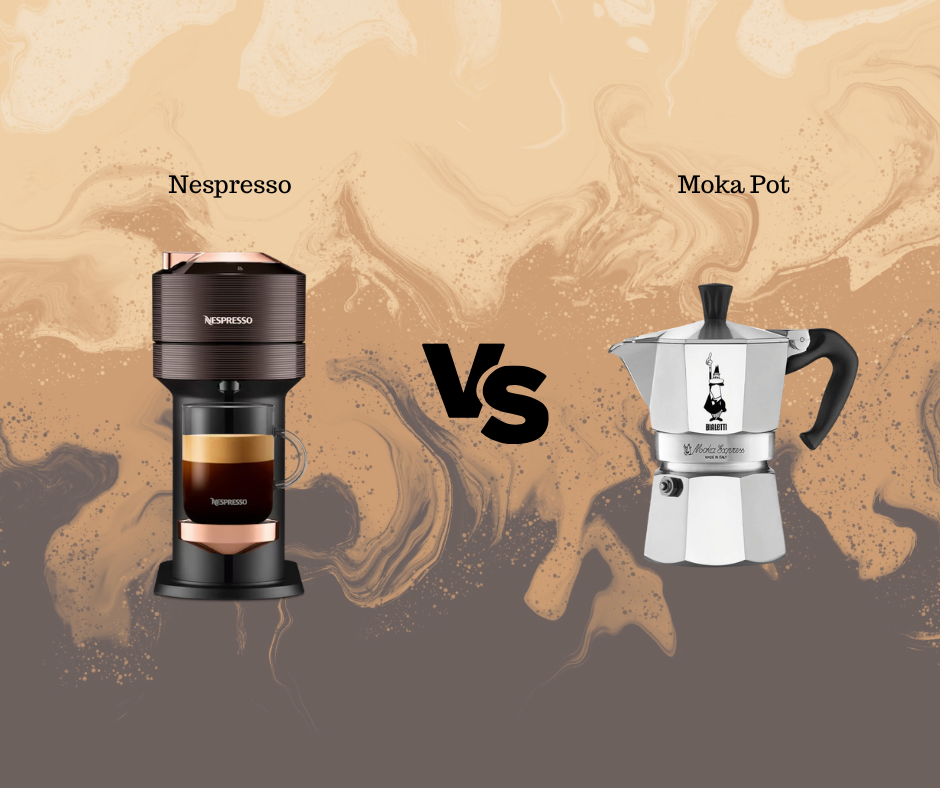


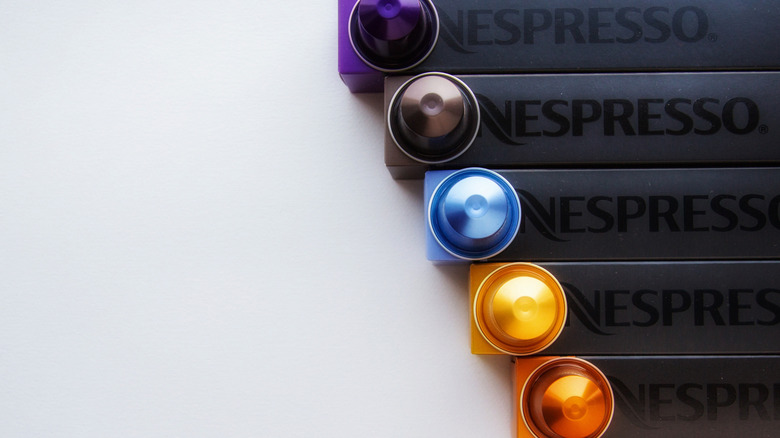

2 Responses